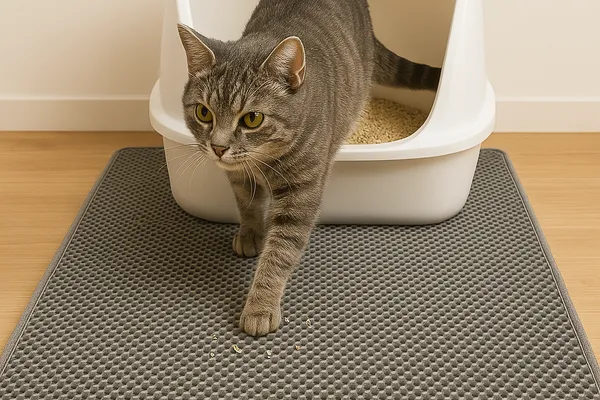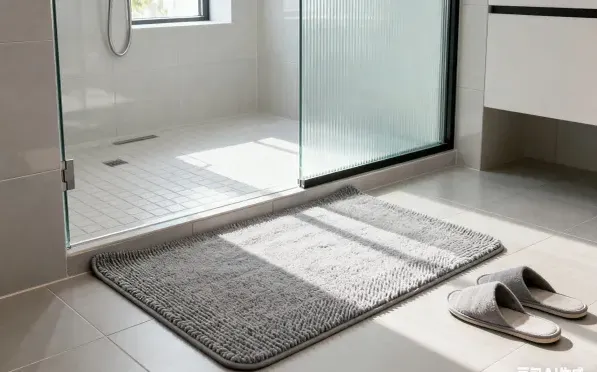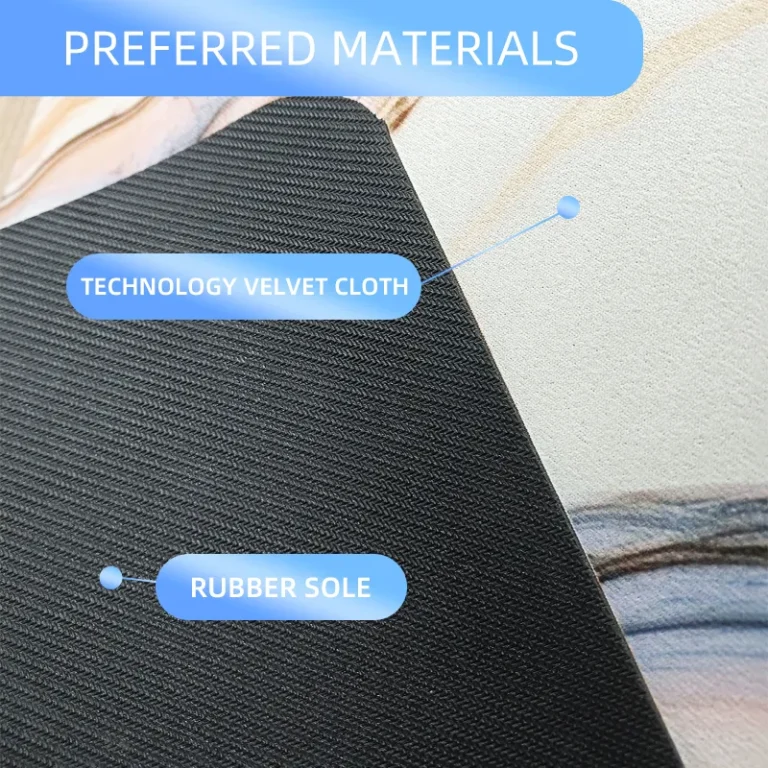Nachhaltige Teppichoptionen: Ihr Leitfaden für umweltfreundliche Bodenbelagslösungen
Are you considering new flooring but want to make an environmentally responsible choice? Sustainable carpet options offer eco-friendly solutions without compromising on style or comfort. This guide will help you understand what makes a Teppich sustainable, explore the best materials, and discover how to make greener choices for your home or business.
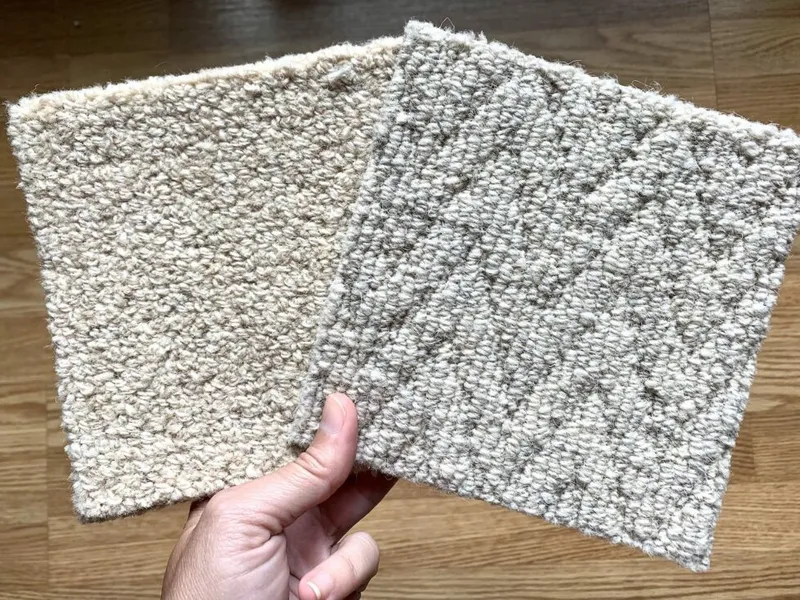
Inhaltsverzeichnis
Was macht einen Teppich nachhaltig?
A nachhaltiger Teppich is one that has a reduced Umweltauswirkungen throughout its life cycle. Factors that contribute to a carpet’s sustainability include:
- Verwendete Materialien: Carpets made from verlängerbar oder recycelte Materialien.
- Fertigungsverfahren: Eco-friendly production methods that minimize emissions and waste.
- Longevity and Recyclability: Durable carpets that can be recycelt at the end of their life.
By choosing a carpet with these qualities, you’re not only enhancing your Boden sondern auch zu einem gesünderen Planeten beizutragen.
Why Choose Eco-Friendly Carpet Options?
Eco-friendly carpet options offer numerous benefits:
- Gesündere Raumluftqualität: Reduziert flüchtige organische Verbindungen (VOCs) for better indoor air.
- Reduced Footprint: Lower Umweltauswirkungen compared to traditional carpets.
- Stilvoll und funktional: Wide range of designs without sacrificing performance.
Making sustainable choices in your flooring can significantly reduce the negative effects on the environment while providing a comfortable and stylish Boden für Ihren Raum.
How to Tell if Your Carpet is Truly Sustainable
Determining whether a carpet is genuinely sustainable involves looking for specific indicators:
- Zertifizierungen: Suchen Sie nach dem Green Label Plus certification from the Carpet and Rug Institute. This label ensures the carpet meets stringent standards for low emissions.
- Materialien: Opt for carpets made from Naturfaser oder recycelte Materialien.
- Manufacturer Practices: Research Teppichhersteller committed to sustainable production of carpets.
By paying attention to these aspects, you can ensure your Teppich is not only beautiful but also environmentally responsible.
Best Sustainable Carpet Materials
When exploring sustainable carpet options, consider the following materials:
1. Organic Wool
- Verlängerbar and naturally flame-resistant.
- Biodegradable and has minimal Umweltauswirkungen.
- Provides excellent insulation and comfort.
2. Recycled Nylon
- Hergestellt aus recycelte Materialien, such as old fishing nets.
- Durable and suitable for high-traffic areas.
- Reduces waste by reusing resources.
3. Natural Fibers (Sisal, Jute, Seagrass)
- Biologisch abbaubar and made from verlängerbar resources.
- Adds a natural aesthetic to any room.
- Umweltfreundlich due to minimal processing.
Tabelle: Vergleich nachhaltiger Teppichmaterialien
| Material | Verlängerbar | Recycelbar | VOC Emission | Haltbarkeit | Wartung |
|---|---|---|---|---|---|
| Organic Wool | Ja | Ja | Niedrig | Hoch | Mäßig |
| Recyceltes Nylon | NEIN | Ja | Niedrig | Hoch | Einfach |
| Naturfasern | Ja | Ja | Very Low | Mäßig | Einfach |
The Role of Carpet Recycling in Reducing Environmental Impact
Carpet recycling plays a crucial role in minimizing the Umweltauswirkungen of flooring. Here’s how:
- Reduces Landfill Waste: Diverts alter Teppich from landfills, decreasing pollution.
- Conserves Resources: Reusing materials lessens the need for new raw materials.
- Lowers Emissions: Manufacturing with recycled content often produces fewer emissions.
Organizations like the Carpet America Recovery Effort Sind working to develop market-based solutions for the recycling of post-consumer carpet, promoting sustainability within the Teppichindustrie.
Understanding Carpet Certifications: Green Label Plus and More
Carpet certifications help consumers identify products that meet high environmental and health standards.
Green Label Plus
- Issued by the Carpet and Rug Institute’s Green Label Plus program.
- Indicates low Emission levels of flüchtige organische Verbindungen (VOCs).
- Ensures better Raumluftqualität.
Other Certifications
- Von der Wiege zur Wiege: Focuses on a product’s lifecycle and its recyclability.
- LEED Credits: Carpets contributing to LEED certification for green building projects.
When purchasing a carpet, look for these certifications to ensure you’re choosing an eco-friendly option.
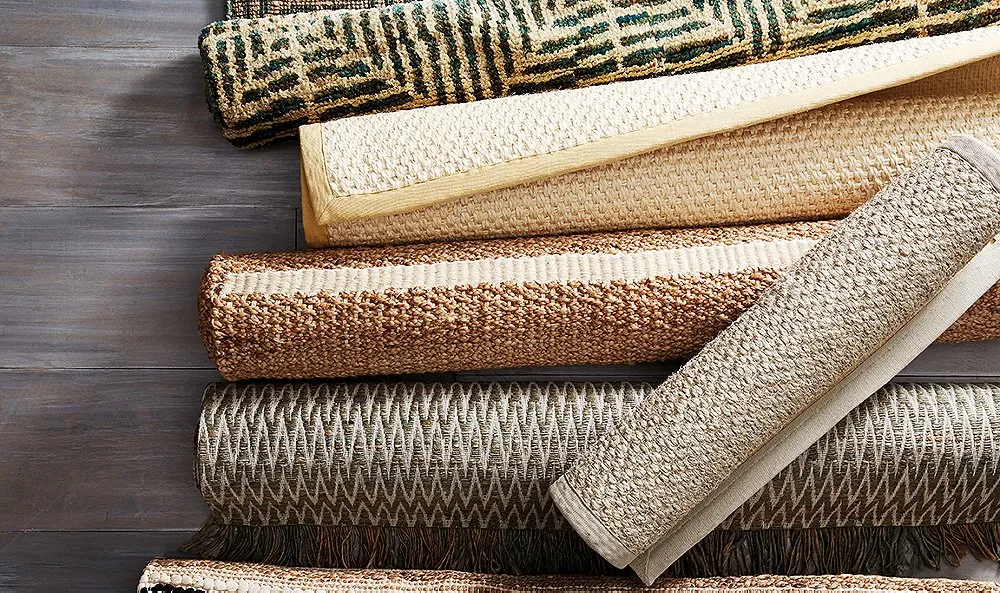
Sustainable Flooring Options Beyond Carpets
While carpets offer warmth and comfort, there are other sustainable flooring options to consider:
- Bambusboden: Rapidly renewable and durable.
- Korkboden: Harvested from the bark without harming the tree.
- Reclaimed Wood: Gives old materials new life, reducing waste.
Exploring these eco-friendly flooring options allows you to make sustainable choices that fit your style and needs.
How the Carpet Industry is Embracing Sustainability
Der Teppichindustrie is actively moving towards sustainability by:
- Innovating Materials: Developing carpets made from recycelt Und Naturfasern.
- Improving Manufacturing Processes: Reduzieren emissions and waste during production.
- Offering Take-Back Programs: Encouraging the reuse and recycling of alte Teppiche.
These efforts contribute to the overall goals of reducing the industry’s Umweltauswirkungen and promoting Nachhaltigkeit.
Zitat: “Sustainability in the carpet industry is not just a trend but a necessary evolution to protect our environment for future generations.” — Industry Expert
Natural Fiber Carpets: Are They Right for You?
Naturfaser carpets, such as wool carpeting, offer several benefits:
- Umweltfreundlich: Hergestellt aus verlängerbar resources and are often biologisch abbaubar.
- Gesünderes Raumklima: Weniger emittieren Flüchtige organische Verbindungen (VOC), Verbesserung Raumluftqualität.
- Ästhetischer Reiz: Provide a unique, organic look to your Boden.
However, they may require more maintenance and might not be as durable as synthetic options. Consider your lifestyle and preferences when choosing.
Verwandtes Produkt: Flächenteppich
Enhance your space with an eco-friendly Flächenteppich crafted from natural fibers.

What to Do with Your Old Carpet: Reuse and Recycle
Disposing of your alter Teppich responsibly is key to reducing your Umweltauswirkungen.
- Recycle Carpet: Many facilities accept carpets for recycling into new products.
- Wiederverwendung: Repurpose carpet remnants for rugs, mats, or insulation.
- Donate: If in good condition, donate to charities or shelters.
By taking these steps, you contribute to the Nachhaltigkeit of resources and support a circular economy.
Verwandtes Produkt: Langlebige Treppenmatten
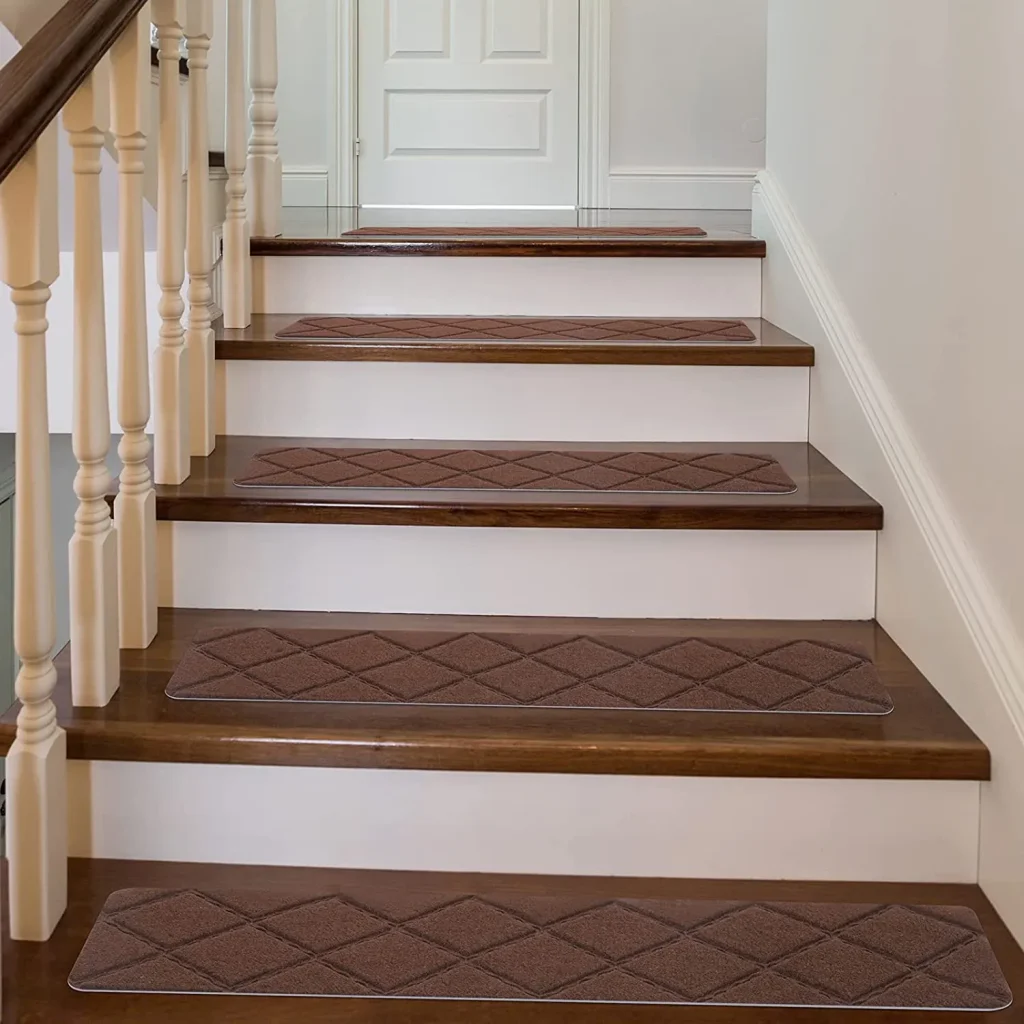
Reuse carpet pieces as langlebige Treppenmatten to extend their life and reduce waste.
Zusammenfassung
- Nachhaltige Teppiche reduce Umweltauswirkungen through materials and manufacturing.
- Look for certifications like Green Label Plus to ensure low emissions.
- Choose materials like organic wool Und recyceltes Nylon für umweltfreundliche Optionen.
- Recyceln oder reuse dein alter Teppich um Abfall zu minimieren.
- Explore other sustainable flooring options for a greener home.
By making informed choices about your Teppich and flooring, you can enjoy a beautiful space while contributing to a healthier planet. Embrace Nachhaltigkeit in your home or business and be part of the solution.

